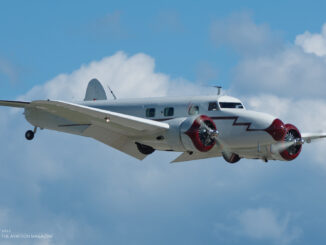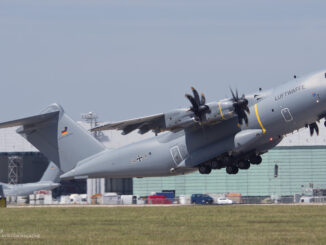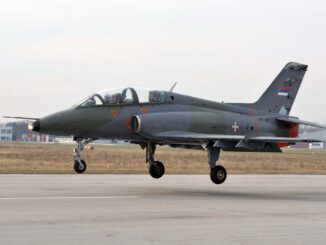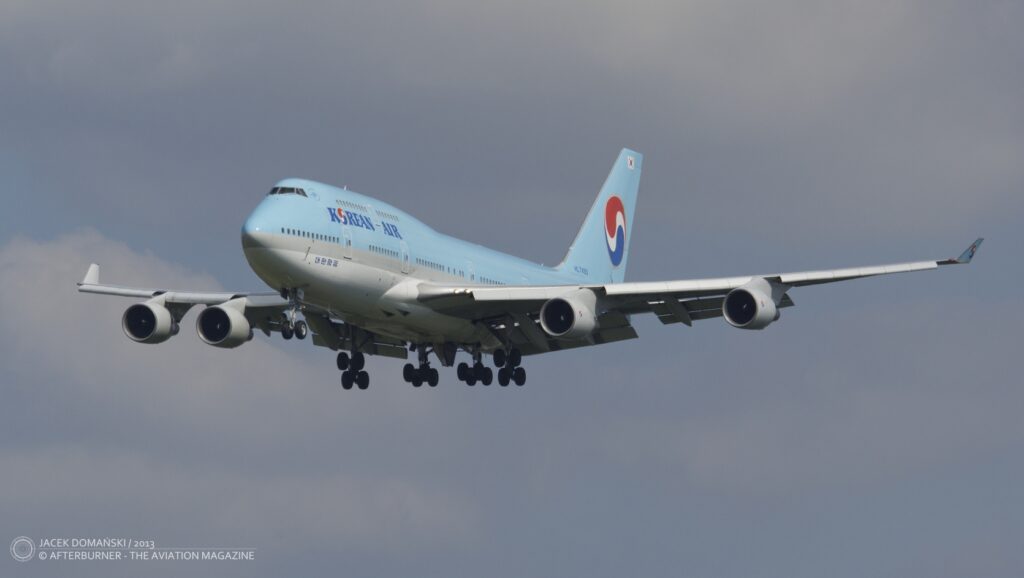 According to press release issued by the Boeing company on 6th December 2022, the last manufactured aircraft of legendary 747 family had left the manufacturer’s factory in Everett, Washington.
According to press release issued by the Boeing company on 6th December 2022, the last manufactured aircraft of legendary 747 family had left the manufacturer’s factory in Everett, Washington.
The most famous four-engine airliner in history of aviation, the Boeing 747, made its first flight on 9th February 1969. It was the first wide-body, twin-aisle passenger aircraft in the world. Due to its size and unusual silhouette, the aeroplane quickly earned widely popular nickname Jumbo Jet, or simply Jumbo, although it is also often referred to as Queen of the Skies.
The new Boeing airliner was developed with the aim of reducing operating costs per passenger (although this was only possible at full occupancy) and quickly became one of the favourite aircraft among aviation companies, earning very good reputation. At that time, having a Jumbo Jet in the airline’s fleet was seen as a symbol of prestige. In the times of its creation, the Boeing 747 was such a unique aircraft that many companies had decided to buy it mainly just for marketing reasons.
However, at the time of the 747s emergence, supersonic airliners, such as Concorde and Tu-144, already entered operational service and were expected to take over long-haul passenger transport. In addition, they were considered even more prestigious than the Jumbo Jet. Therefore, despite widespread interest from the aviation market in Boeing’s huge, new airliner, a rather short passenger carrying service was forecasted for the Jumbo Jet. On the other hand, the 747 was at the time considered as a good candidate for cargo hauling operations.
Nevertheless, the recession and fuel crisis of the 1970s caused previous predictions to be mostly wrong. Economics had to prevail over prestige and supersonic airliners ultimately failed to become a core component of commercial aviation. However, it was still not a good situation for the Boeing 747, as interest in this aircraft also declined dramatically at the time.
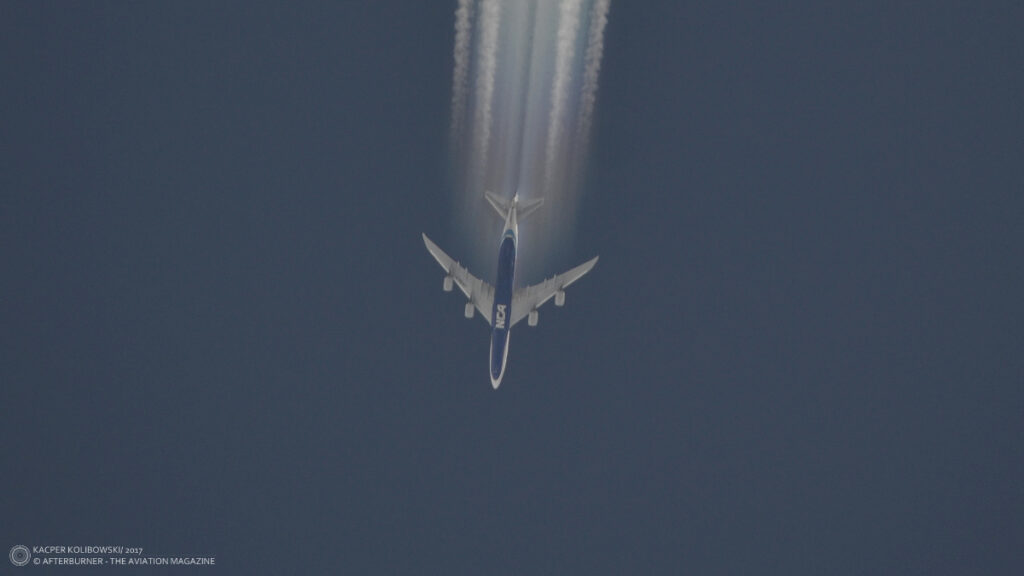
The above can be illustrated by the fact that a few years earlier – and yet before series production of the Jumbo Jet began – Boeing had already received orders for almost 200 aircraft of this type. Nevertheless, with the onset of the crisis, the number of ordered 747s reached only seven aircraft in 1971, and in the five following years the figure was just sixteen aircraft per year. As a result, some carriers have opted to use Jumbo Jets only as cargo aircraft and decided to acquire smaller aircraft to carry passengers.
Only the following two decades brought significant improvement for the Boeing 747 and ultimately stabilisation of its situation on the market. The breakthrough for Boeing’s largest aeroplane came in 1990, when the manufacturer received as many as 122 orders for the 747 aircraft during single year.
In over a half the century in the skies, a total of seven basic versions (and various sub-variants) of the Boeing 747 have been developed. These were 747-100, 747-200, 747SP – with shorter fuselage, 747-300, 747-400 – characterised by longer flight range, 747 Dreamlifter – large cargo freighter developed for delivering elements of its younger and smaller brother, Boeing 787 Dreamliner, and finally the latest version designated 747-8. It is also worth to mention that several special versions were created in addition to classic cargo and freight aircraft. Among them were the US President’s aeroplane, officially designated VC-25 but popularly known as Air Force One, or 747 SCA, adapted to carry space shuttles.
The aforementioned, latest model of Jumbo Jet, the 747-8, was introduced in 2011 and had two sub-variants – intercontinental passenger (747-8I) and freighter (747-8F).
However, in recent years, progressing development of aviation industry and thus changing needs of the aviation market, began to put a definite emphasis on aeroplanes smaller and more economical than the now iconic Jumbo Jet. Therefore, it became clear that the era of the Boeing 747 was, regrettably, slowly coming to an end.
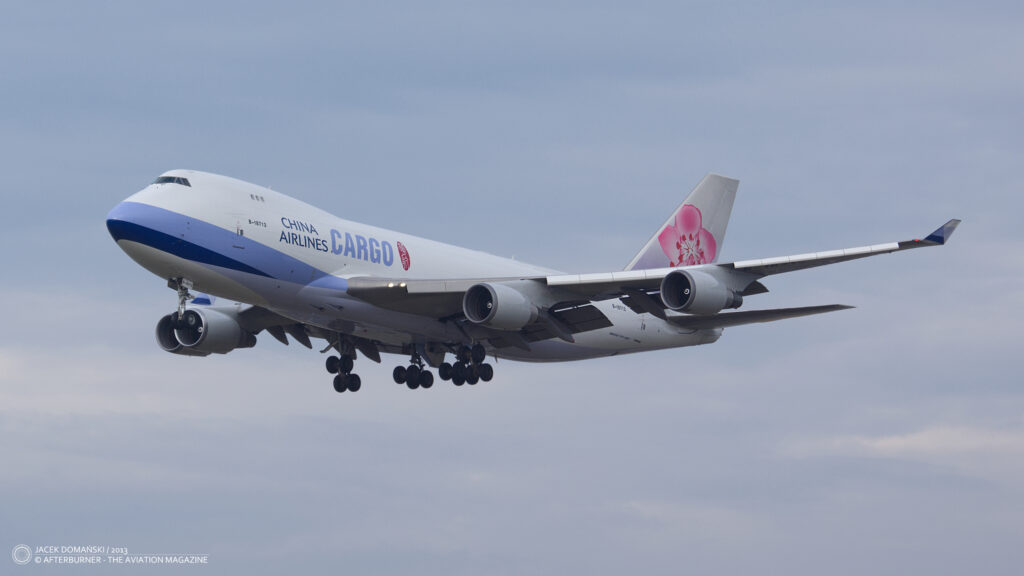
As a consequence, over the years, airlines from around the world operating Jumbo Jets have begun to phase out aircraft of this type from their fleets. And outbreak of coronavirus pandemic in 2019 have only accelerated that process.
According to data for October 2022, only 447 of 1,574 Boeing 747s manufactured in total, are currently in active airline service with 69 operators. And it is worth noting that most of those aeroplanes are freighters. On 6th December this year, the Boeing company informed officially that the last manufactured example of the legendary Jumbo Jet, being just the cargo version – the 747-8 Freighter, to be precise – left the famous aviation factory in Everett. The aeroplane will be delivered to its operator, Atlas Air, in early 2023.
´For more than half a century, tens of thousands of dedicated Boeing employees have designed and built this magnificent airplane that has truly changed the world. We are proud that this plane will continue to fly across the globe for years to come,´ – said Kim Smith, Boeing Vice President and general manager, 747 and 767 Programs.
Thus, with the end of production of the Jumbo Jet, an iconic aircraft that in its own way transformed global travel and for more than 50 years in the sky made aviation history, certain era in civil aviation is now irrevocably coming to an end.
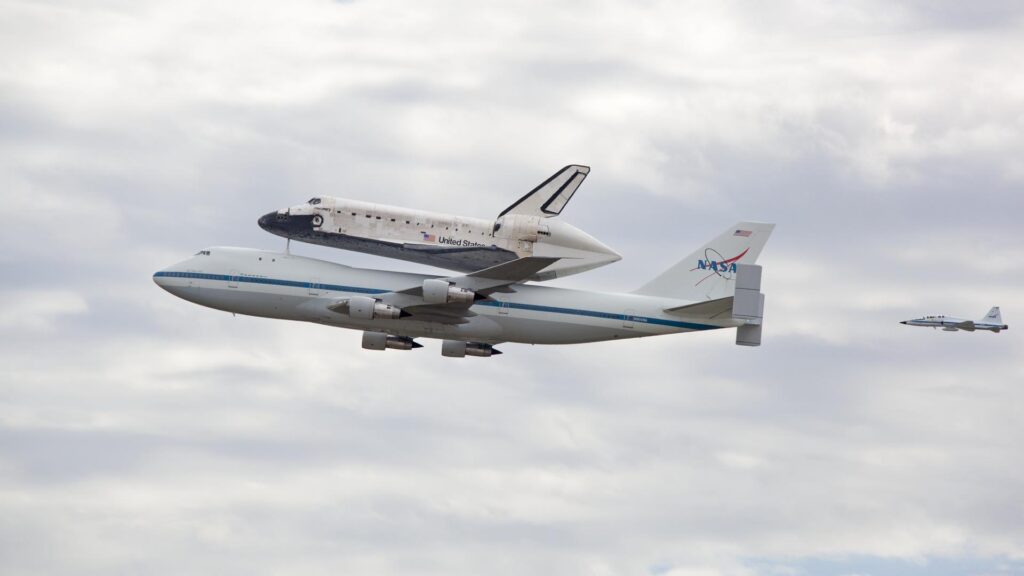
Cover photo: Boeing 747-4B5, Korean Air. Information from the Boeing company press materials were used.

